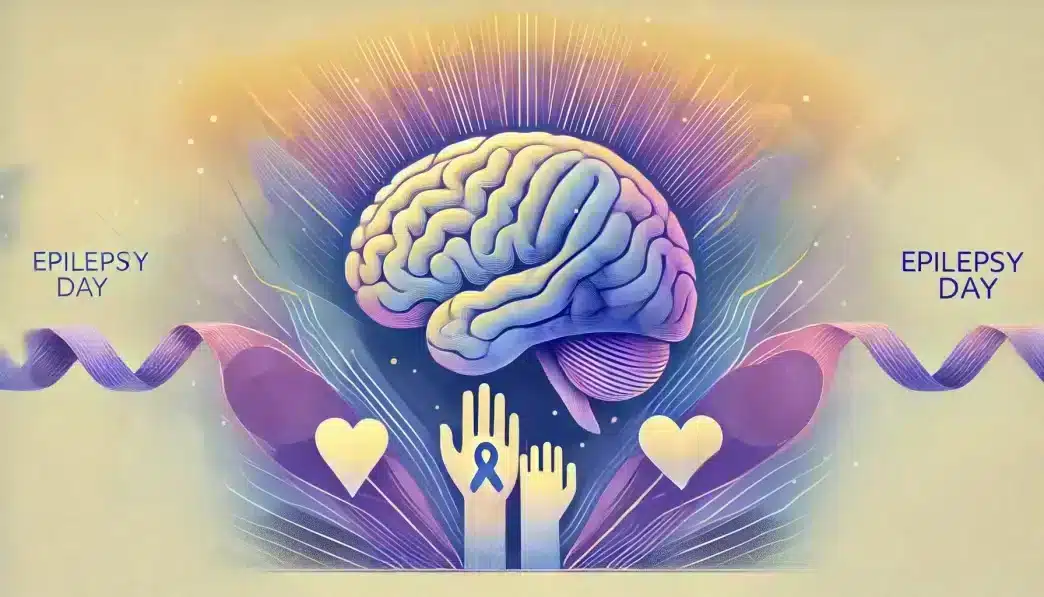What is International Epilepsy Day?
International Epilepsy Day is observed annually on the second Monday of February to raise awareness about epilepsy and support those living with the condition. It is a global initiative that brings together individuals, healthcare professionals, and advocacy groups to educate the public and push for better treatment and support systems.
Epilepsy is a neurological disorder that affects millions worldwide, yet stigma and misinformation remain common. This day serves as a platform to share personal stories, challenge misconceptions, and advocate for improved healthcare policies.
History and Origin
International Epilepsy Day was established in 2015 by the International Bureau for Epilepsy and the International League Against Epilepsy. It was created to provide a global space for discussion, awareness, and advocacy, ensuring that epilepsy is recognized as a major public health issue.
The day is marked by awareness campaigns, educational events, and calls to action for better research, treatment, and access to care. Over the years, it has become a key moment for communities worldwide to unite in support of those affected by epilepsy.
Who Observes International Epilepsy Day?
- People living with epilepsy who share their experiences and challenges.
- Healthcare professionals, including doctors and researchers, who focus on epilepsy treatment and advancements.
- Advocacy groups and organizations that work to spread awareness and provide support.
- Governments and policymakers who discuss healthcare initiatives and funding for epilepsy research.
- The general public, including families and friends, who participate in awareness activities and show support.
Slogans and Themes
International Epilepsy Day focuses on education, advocacy, and breaking stigma. Themes often highlight the need for research, better access to care, and public awareness. Common slogans include “Epilepsy is More Than Seizures,” “Break the Stigma,” and “Support Epilepsy Awareness.”
Colors, Symbols, and Patterns
Colors
- Purple is the official color of epilepsy awareness.
- White represents clarity, hope, and research efforts.
- Blue is often associated with neurological health and medical awareness.
Symbols
- A brain icon represents epilepsy as a neurological condition.
- A purple ribbon is used globally to promote epilepsy awareness.
- Lightning bolts symbolize the sudden nature of seizures.
Patterns
- Waves and neurological pathways reflect brain activity.
- Ribbon motifs symbolize advocacy and awareness.
- Circular unity designs represent the global epilepsy community.
How to Observe International Epilepsy Day
- Wear purple to show support for epilepsy awareness.
- Attend educational events such as webinars and community discussions.
- Support epilepsy organizations through donations or volunteering.
- Share facts and stories on social media to spread awareness.
- Advocate for better policies by engaging with local or national leaders.
Most Used Hashtags
- #InternationalEpilepsyDay
- #EpilepsyAwareness
- #PurpleForEpilepsy
- #EndEpilepsyStigma
- #SeizureEducation
Why is International Epilepsy Day Important?
This day helps to reduce stigma, educate the public, and advocate for better healthcare resources for people with epilepsy. Many individuals face discrimination, limited treatment options, and misunderstandings about the condition.
Raising awareness encourages inclusion, improved quality of life, and continued medical research. It is also a reminder that epilepsy should not define those who live with it, and that society can play a role in supporting and understanding their experiences.
Features
- Health
